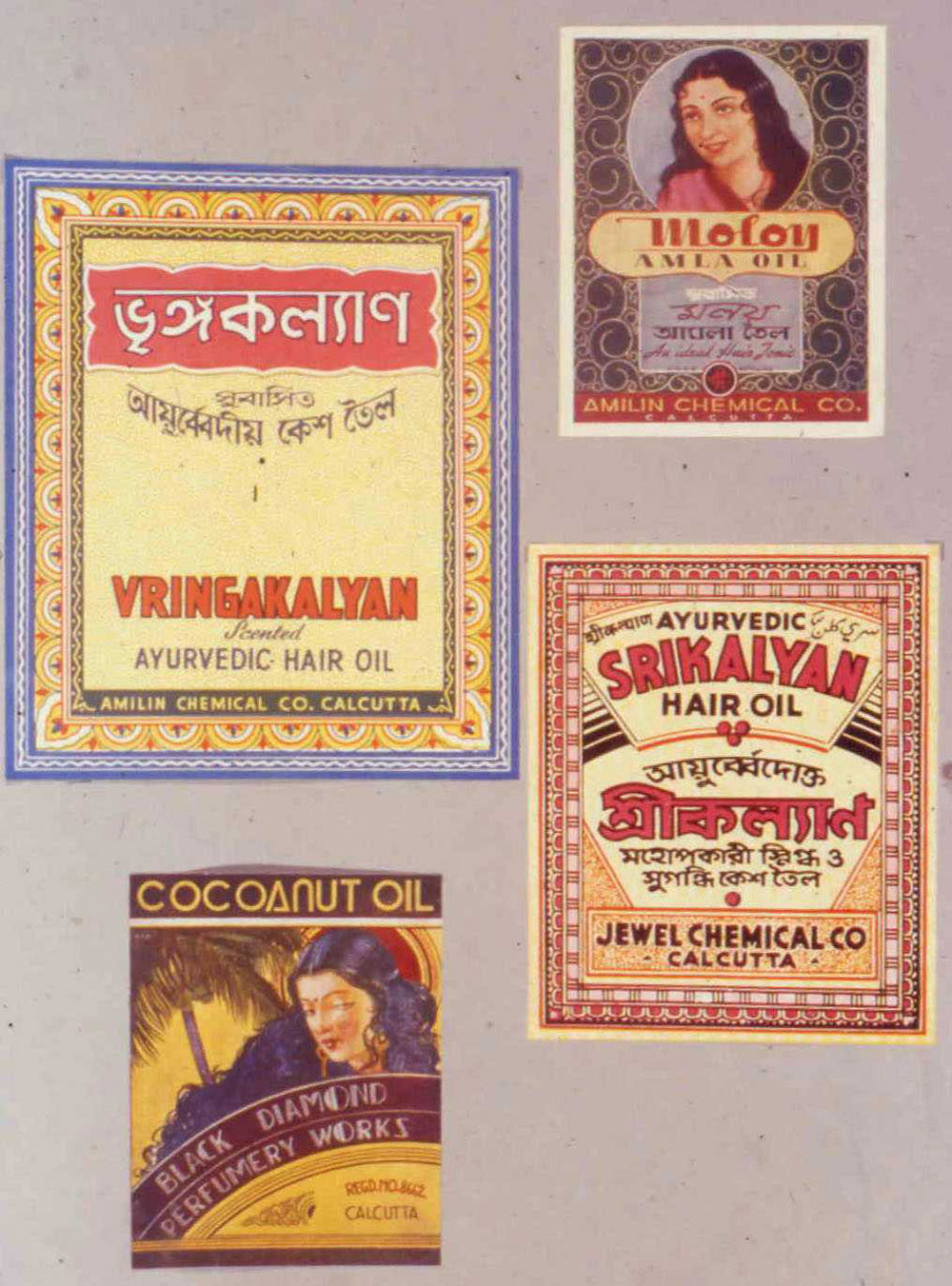Centre for Studies in Social Sciences Calcutta




Grant Period: Over two years
An earlier IFA grant to the Centre for Studies in Social Sciences Calcutta (CSSSC) enabled Prof. Gautam Bhadra to source and put together a massive collection of print advertisements in the Bengali language. The collection was further expanded with the help of a two-year grant from Sephis, Netherlands, and the visual archive at present comprises over 3,000 documents on microfilm. The range of the collection is compelling. It includes book covers and illustrations, billboards and hoardings on enamel, advertisements on matchboxes, film posters, booklets and lobby cards, advertisements in magazines and newspapers, gramophone company record covers, leaflets, posters and other promotional literature to name a few.
This grant will enable this archive to be disseminated in two ways, each addressing different audiences. It will be disseminated electronically, through the creation of a digital archive on the Internet, and through print, in the form of a book documenting the history of advertising. However, the archive has already entered the public space: CSSSC collaborated with the Tea Board of India to mount an exhibition on the representation of tea in December 2005. Accompanying the exhibition was a much appreciated publication titled From an Imperial Product to a National Drink: The Culture of Tea Consumption in Modern India. For historian Gautam Bhadra, the serious dearth of scholarly writing on the history of commercial art in Bengal has always been a matter of concern. Except for a couple of essays in Bengali magazines, there are no secondary writings on commercial art. Though the commercial work of Satyajit Ray has received attention from both scholars and collectors, other eminent artists like Annada Munsi, Orun C. Ganguli and Makhan Dutta Gupta have been relegated to oblivion. With the first IFA grant, therefore, Professor Bhadra began painstakingly sourcing reproductions of works by lesser known commercial artists like Priya Gopal Das, Khaled Chaudhury and Ranen Ayan Dutta.
Bhadra’s interest is in opening up commercial art to historical scrutiny around specific thematic clusters like forms of advertisements, modes of display, visual language and their location within the larger cultural context. The manner in which they are advertised, and the designs and modes of display vary considerably. With time, the characteristics of the media change as well. Since advertisements target different consumer groups depending on the nature of the product, the interpretation of the message needs to pay attention to the social contexts within which it is received. For the proposed publication, Prof. Bhadra primarily intends to document the history of vernacular print advertising. The documentation of the language of advertising and the regime of the visual image, however, will lead to an analysis of the material culture of Bengali households as well as patterns of consumption. An awareness of social practices in Bengal, Prof. Bhadra observes, is essential to do justice to the material. The aim of the book is to provide a kaleidoscopic vision of commercial art and advertisements from the late nineteenth to the mid-twentieth century. The book will incorporate biographical material on individual commercial artists into the narrative. It will also discuss individual styles, focusing on the contributions of particular artists and designers to the evolution of commercial Bengali art.
This grant will enable Professor Bhadra to take on a research assistant to help him locate texts and visual materials from the archive, and chase up new items in external collections that he has identified since the closure of the earlier grant. The book will be published in Bengali by Thema, Kolkata, which has brought out work by Gayatri Chakraborty Spivak, Ratnabali Chatterjee, Kalyani Datta, Soumitra Chatterjee, Kumar Shahani, Mohan Agashe, and Sova Sen. Thema will underwrite all costs of publications except the expenditure towards colour reproductions, which this grant will support. CSSSC is keen to make its entire visual archive available on the Internet within the next two to three years. This grant will underwrite honoraria for a part-time research and full-time technical assistant.
